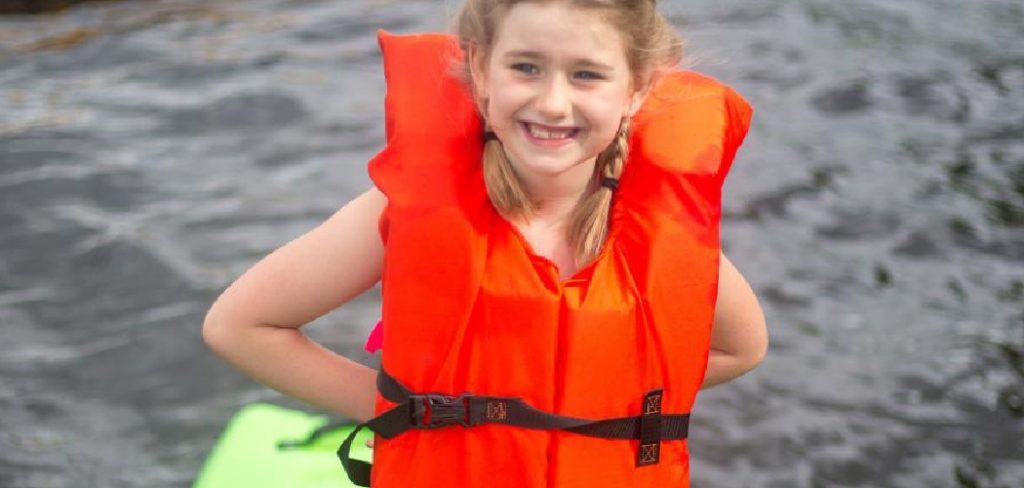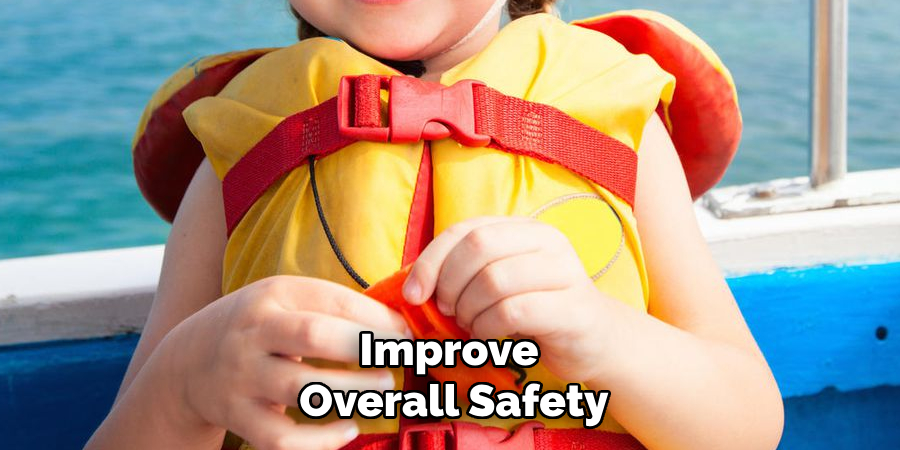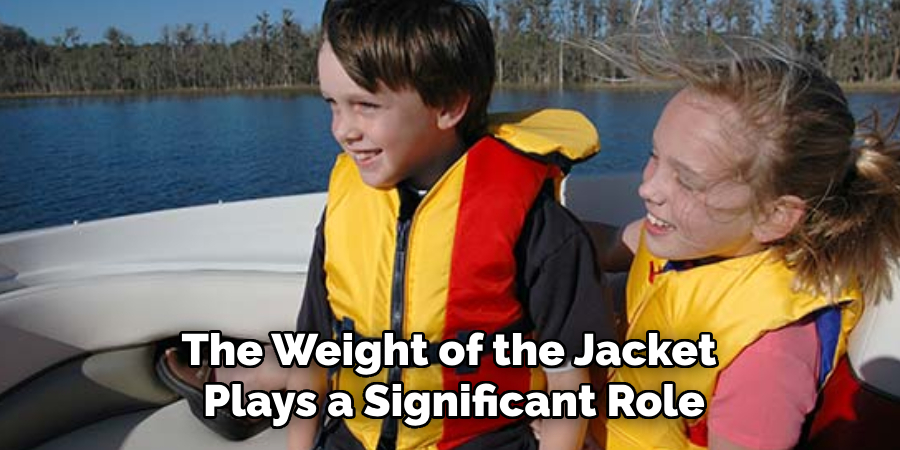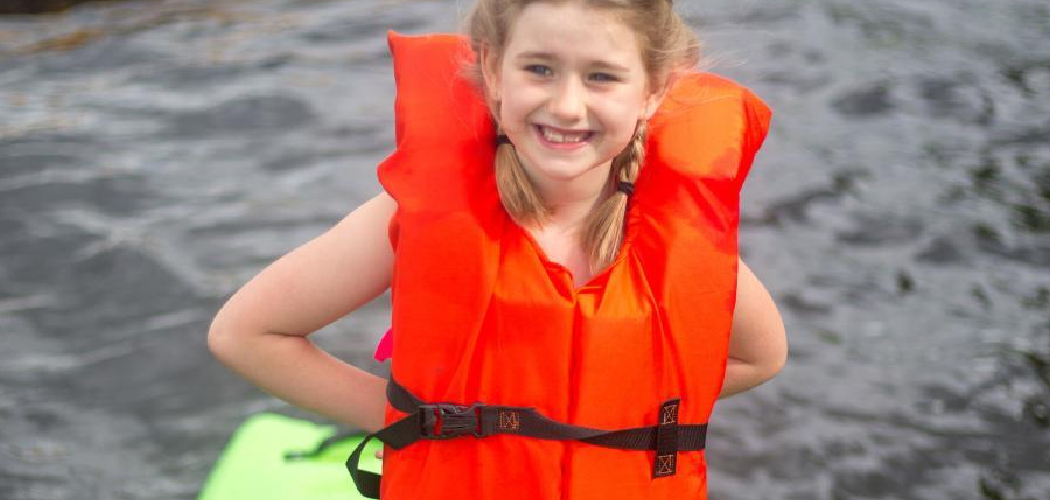When it comes to ensuring the safety of children, choosing the right safety jacket is essential. Safety jackets are designed to provide visibility and protection, making them an important gear for various activities, such as biking, walking near traffic, or outdoor adventures. With numerous options available on the market, selecting the best jacket can be a daunting task. This guide will help you understand how to choose a safety jacket for kids.

Why Do Kids Need Safety Jackets
Safety jackets play a crucial role in keeping children visible and protected in different environments. Whether they are walking to school on dimly lit streets or riding their bikes near traffic, these jackets ensure that kids can be easily spotted by others, especially drivers. The reflective materials used in safety jackets enhance visibility in low-light conditions, significantly reducing the risk of accidents. Additionally, safety jackets are often made from durable materials, providing protection against weather elements like rain and wind. By wearing a safety jacket, children can engage in outdoor activities more safely, giving parents peace of mind.
10 Methods How to Choose a Safety Jacket for Kids
1. Prioritize High Visibility Colors
When selecting a safety jacket for kids, the primary goal is to ensure high visibility, especially in low-light or high-traffic situations. Opt for jackets in bright, fluorescent colors such as neon yellow, orange, or green, which are easy to spot even from a distance. These colors make children more visible to drivers, cyclists, and other pedestrians, reducing the risk of accidents. Many safety jackets also feature reflective strips or patches, which further enhance visibility in the dark. Look for jackets with wide reflective panels across the back, shoulders, and chest, as this will provide maximum visibility from all angles, ensuring safety in dim or dark conditions.
2. Consider the Weather and Season
Safety jackets are not just about visibility; they also need to provide protection from the elements. When choosing a jacket, consider the specific weather conditions your child will be exposed to. For cooler months, look for jackets that offer insulation and wind resistance to keep your child warm. A winter safety jacket should ideally be insulated and made from materials like fleece or synthetic down. For rainy or snowy conditions, choose a jacket with waterproof or water-resistant features, ensuring that your child stays dry and comfortable. In warmer months, lightweight, breathable jackets are more suitable, allowing moisture to wick away and preventing overheating during outdoor activities.
3. Check for Comfort and Fit

Comfort is a top priority when selecting a safety jacket for kids. If the jacket is too tight or too loose, it can be uncomfortable and restrict movement, making it harder for your child to play or walk freely. Always check for an adjustable fit, such as cuffs, drawstrings, or Velcro straps that allow you to customize the size. This ensures that the jacket fits snugly without being restrictive. Additionally, make sure the jacket has enough room for layering underneath, especially during colder weather. Pay attention to the length of the sleeves and the hem, as these should be long enough to cover your child’s arms and torso without causing discomfort or hindering movement.
4. Look for Breathability and Ventilation
Kids are naturally active and tend to engage in a lot of physical activity while wearing their safety jackets. Therefore, breathability is an important factor in choosing the right jacket. Look for jackets made from breathable fabrics, such as polyester or nylon, which help prevent overheating and sweating. Some jackets come with ventilation panels or mesh linings that improve airflow, allowing heat and moisture to escape. This feature is especially crucial if your child will be wearing the jacket during active play or long walks. A breathable jacket will keep your child comfortable, preventing them from feeling too hot or sweaty, which could lead to discomfort or irritation.
5. Ensure Durability and Longevity
Children are often rough on their clothing, so durability is an essential consideration when choosing a safety jacket. A well-made jacket should withstand frequent wear and tear, particularly if your child will be using it for outdoor activities, school commutes, or play. Look for jackets constructed with high-quality materials such as ripstop fabric, which is designed to resist tearing. Reinforced stitching and durable zippers will also enhance the jacket’s longevity, ensuring that it can handle the rough treatment kids often give their clothing. Additionally, check if the jacket is machine washable for easy cleaning, as kids’ jackets often get dirty during outdoor play.
6. Check for Safety Features

Beyond reflective strips and bright colors, some safety jackets come with additional features to improve overall safety. Consider jackets with integrated lights or reflective piping that increase visibility even further in low-light conditions. Some jackets include built-in LED lights on the back or shoulders that can be powered by small batteries, providing extra illumination. These features are particularly helpful if your child will be walking or biking in dimly lit areas. Moreover, ensure that the jacket has secure closures like Velcro or magnetic buttons, as these are safer and easier for children to handle than small buttons or zippers that could be challenging to manipulate.
7. Choose a Jacket with Convenient Pockets
Kids often need to carry small items like snacks, tissues, or a phone while out and about, so having convenient pockets in their safety jacket is a practical feature. Look for jackets with well-placed, secure pockets that can hold these essentials. Zippered or Velcro pockets are ideal, as they will prevent items from falling out during active play. If your child carries a phone or other valuables, consider a jacket with a dedicated pocket that is both secure and easily accessible. Pockets that are too deep or difficult to reach might discourage your child from using them, so ensure the jacket offers easy and functional storage options.
8. Consider Ease of Wear and Adjustability
Kids can be impatient when it comes to getting dressed, so it’s essential to choose a safety jacket that is easy to put on and take off. Opt for jackets with front zippers or Velcro closures, as these are generally easier for children to manage independently. Adjustable cuffs or sleeves can help ensure the jacket stays in place and prevents cold air from entering. Jackets with elasticized hems are also ideal, as they prevent the jacket from riding up during movement. If your child is younger, you might want to choose a jacket with a full zipper or snap closures, making it easier for them to get dressed without frustration.
9. Evaluate the Jacket’s Weight

The weight of the jacket plays a significant role in your child’s comfort. A jacket that is too heavy can be cumbersome, making it harder for your child to move freely and enjoy activities. On the other hand, a jacket that is too light might not provide enough warmth or protection. Consider your child’s activity level and the specific weather conditions when selecting a jacket. For active children, choose lightweight jackets that offer flexibility and allow freedom of movement. For colder conditions, heavier jackets with insulation might be necessary, but make sure the weight is still manageable for your child’s comfort.
10. Factor in the Jacket’s Style and Appeal
While safety is the top priority, kids are more likely to wear a jacket that they like and feel good in. Choosing a jacket that matches your child’s personal style or interests can encourage them to wear it regularly. Look for jackets that come in fun colors, patterns, or designs that appeal to your child. Many safety jackets are available with fun graphics or even customizable options, which can make wearing the jacket more enjoyable for kids. The more your child likes the jacket, the more likely they will be to wear it consistently, ensuring that safety and visibility are prioritized in all situations.
Safety Considerations
When selecting a safety jacket for your child, it is crucial to consider factors that prioritize their safety in every situation. Ensure the jacket meets recognized safety standards and is constructed from non-toxic, child-safe materials. Pay attention to the placement and functionality of reflective elements, as poorly positioned or insufficient reflective strips could compromise visibility. Furthermore, avoid jackets with small detachable parts or decorations that might pose choking hazards, especially for younger children. If the jacket includes built-in lights, verify that the battery compartments are secure and cannot be easily accessed by the child. By thoroughly evaluating these safety considerations, you can ensure that the jacket not only meets your child’s needs but also offers optimal protection in various environments.

Conclusion
Selecting the right safety jacket for kids involves balancing visibility, comfort, protection, and durability. By considering factors such as high-visibility colors, weather protection, breathability, and safety features, you can choose a jacket that ensures your child’s safety and comfort while they engage in outdoor activities. A well-chosen jacket will not only keep your child visible and protected but also make them feel confident and excited about wearing it. Thanks for reading, and we hope this has given you some inspiration on aaaaaaaaaaa!

